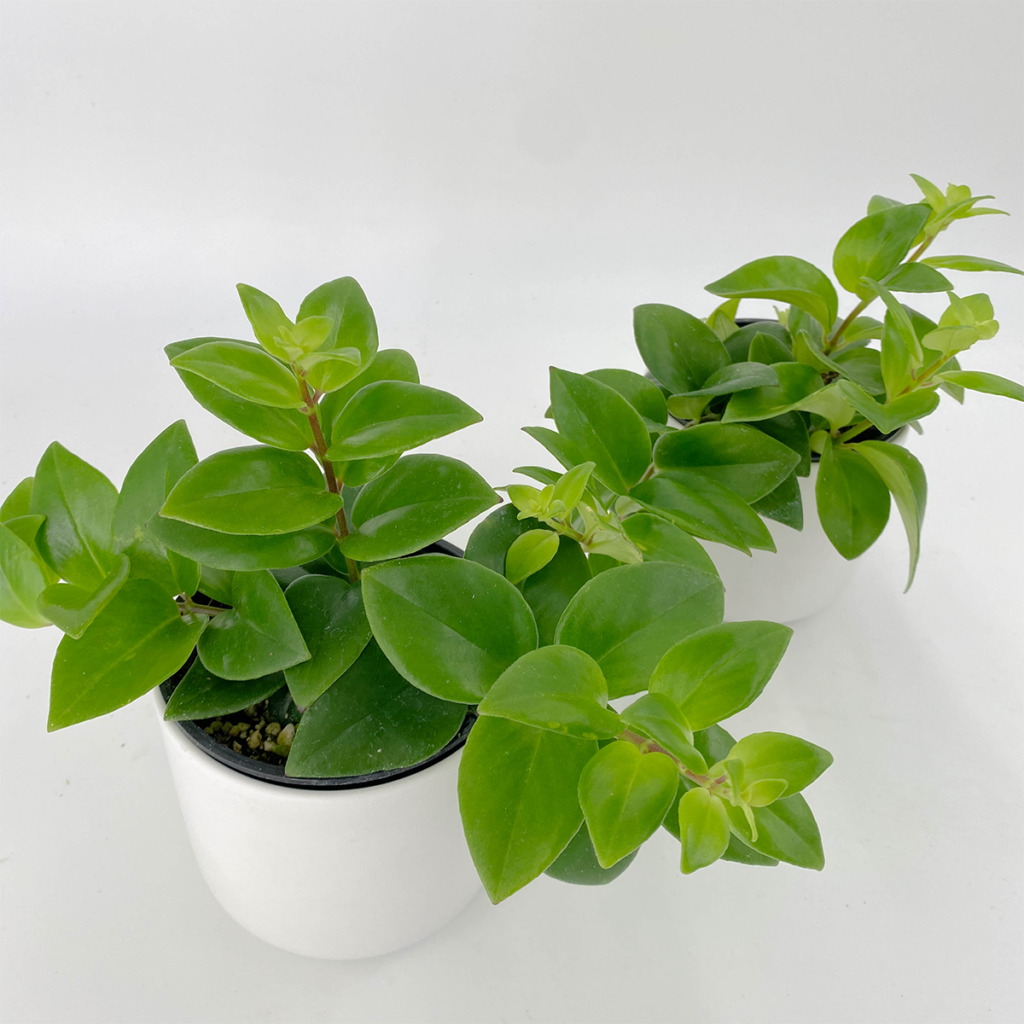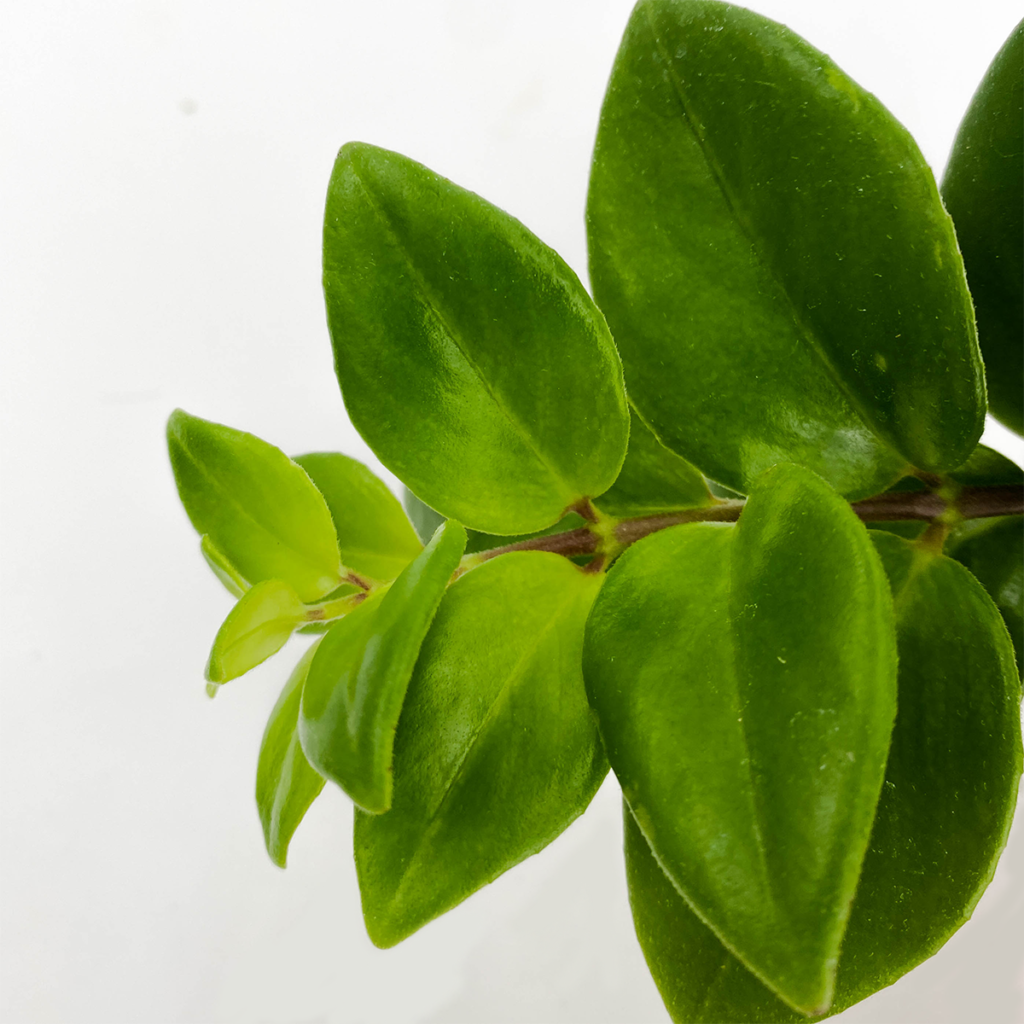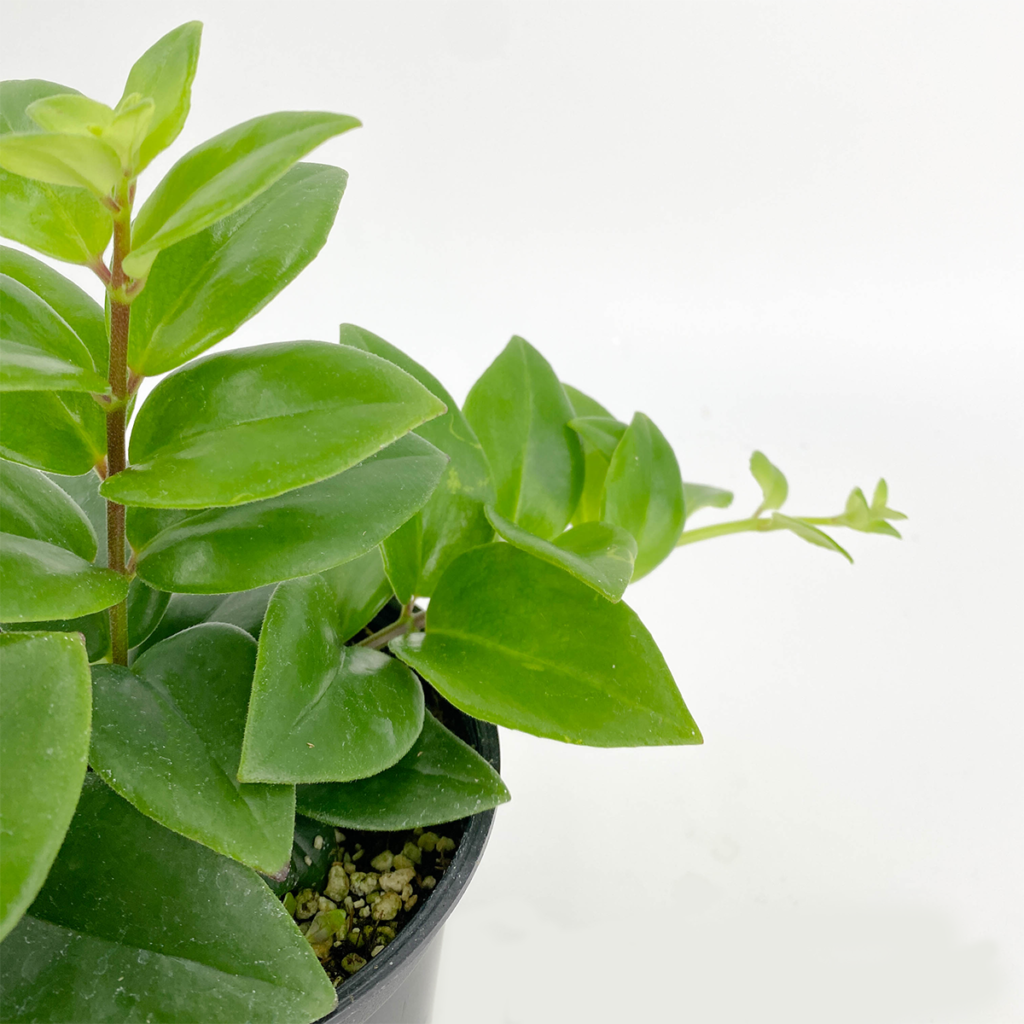The Lipstick Plant, or Aeshchyanthus Radicans gets its name from it’s striking, tubular shaped and waxy flowers that cluster and cascade down the vining foliage. It’s botanical name is derived from the latin word Aischune, meaning “shame” in reference to the blushing color of the flowers! They are epiphytes in nature and would do well in a hanging basket or growing up a trellis! These beautiful bloomers are known for being one of the easier houseplant to grow, provided you give them enough light and moisture!
Watering
When it comes to watering your lipstick plant, they’re known for liking their soil on the moister side of things. Don’t allow your lipstick plant to every truly dry out completely, as this will ensure the loss of leaves and vines. However, allow about the top quarter of the soil to dry to avoid root rot. No plant is going to enjoy soggy soil and having your lipstick sit in constantly wet and heavy soil will lead to root rot and the death of your plant.
Lighting
The Aeschynanthus Radicans prefers having bright, but filtered light. Placing these beauties in an East or West facing window would give them enough light to support blooming, but not so much that it would scorch the leaves and cause them to droop or drop all together.
Humidity
This is a plant that would enjoy some extra humidity. While they tolerate normal room humidity, remember, they grow on the sides of trees and rocks in nature and are used to being watered by the ambient humidity in the air. Placing your lipstick plant on a pebble tray can help give this baby a little more ambient humidity. If you go the route of adding a pebble tray, just make sure your plant is never sitting in water, as this can and will lead to root rot.
Fertilizer
Lipstick plants respond best to slow release fertilizers. They are also incredibly convenient to use, as you only have to replenish them every 3-4 months instead of the regular waterings that come from water soluble fertilizers. However, in the event that you want to use a water-soluble fertilizer, mix at half strength and apply every other week during the active growing season. Keep an eye out for nutrient burn!

 Aeshchyanthus Radicans Care – The Lipstick Vine
Aeshchyanthus Radicans Care – The Lipstick Vine

